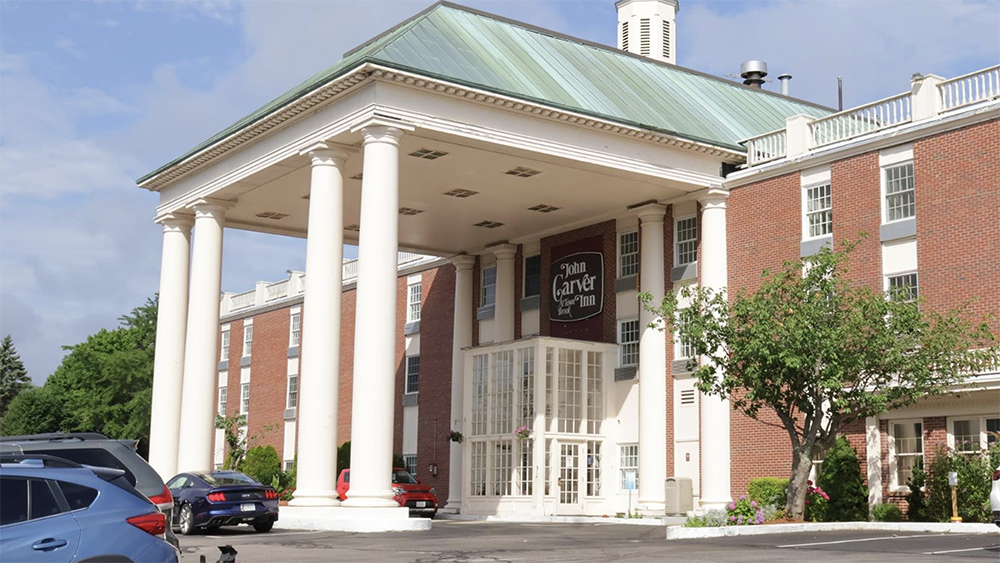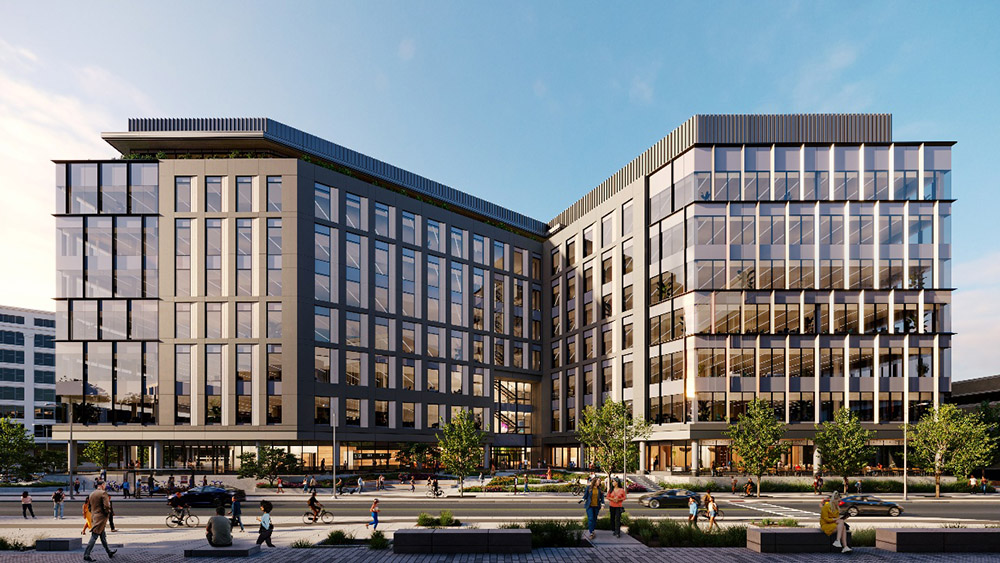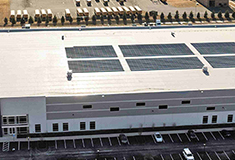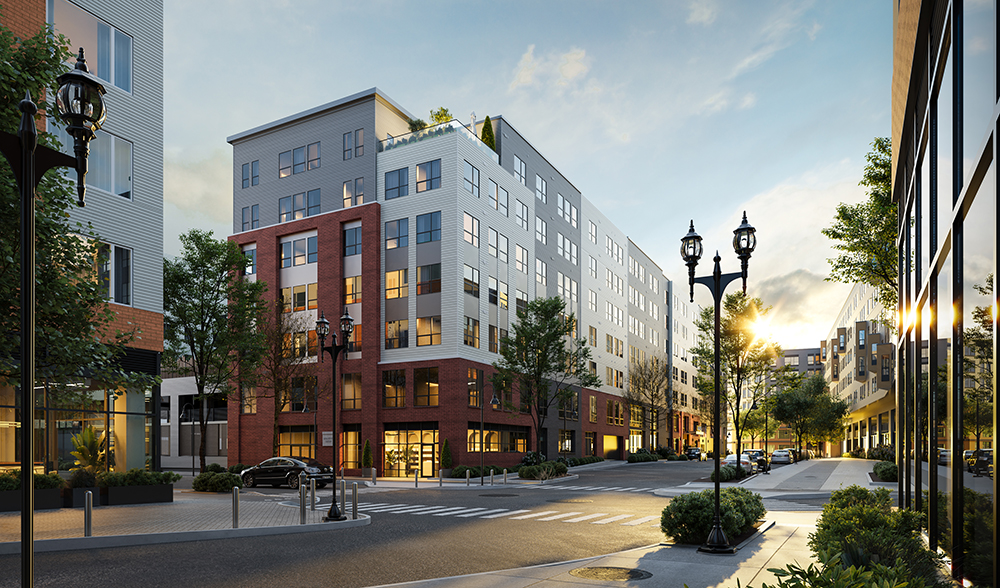Market is strong in multifamily, office and retail - by Chris Mellen
 Christopher Mellen, Simon Cos.
Christopher Mellen, Simon Cos.As of mid-year 2017, our recovery from the Great Recession will be eight years old. Although, to many across the various industries, it doesn’t feel as strong of a recovery as it has been. To us, though, in the commercial real estate business it is hard to relate to a recent year end article in Fortune magazine that stated “If the economy is continuing to recover, most Americans have missed the memo.”
The commercial real estate sector, as stated recently by Lawrence Yum, NAR chief economist, “Is on firm ground in spite of the global and domestic headwinds that continue to keep U.S. economic growth in a headlock.” But we, as New Englanders and living on the coast, know the commercial real estate market is like the ocean; in one instance calm and continuous and in the next unstable and crushing. And that real estate change can happen at any time.
From a real estate management perspective, I can continue to report that we finished the year strong; market conditions were good, both on the multifamily and office/retail side. Rents still went up, vacancy went down and demand was strong. Our eight year run has been a good one.
2016 ended as expected. Boston’s average apartment rents are the 3rd highest in the country and experienced an average of a 4% rental increase with only a 3.8% vacancy. This 4% rental increase was, down, though, from 5% in 2015.
This leads me to my 2017 prediction.
With the downward pressure from the luxury apartment new construction market and the first signs of oversupply, we’ll begin to see rents in this submarket being reduced and the return of concessions. This will be the result of a flood of new luxury apartments in the market where most of the new construction has taken place. We will need to work through this sluggishness while we continue to try and absorb those luxury units which were newly constructed in 2016 and those in the 2017 construction pipeline.
This will also create a unique leasing environment in the Class B and C apartments as the oversupply of upper end apartments and competitive demand trickles downward. This will allow for rents and vacancy to remain close to 2016 levels. 2018, however, will prove to be a more challenging year.
As to the office sector, leasing picked up in 2016 and the metropolitan vacancy rate dropped to 12.5%, the 5th lowest in the country. The national average vacancy rate stayed level at 16%. Strong employment numbers in the Greater Boston area and new businesses moving into the region will continue to have a favorable impact. In The longer term this sector will maintain its momentum through 2017.
Finally, the Boston metropolitan retail vacancy rate, year ending 2016, closed out at close to 3% as compared to the national vacancy rate of 7.5%. This local vacancy rate rivals the multi-family market and is the lowest it has been six years. The amount of vacant sublease space has also trended down. Rents grew approximately 5% in this market.
In 2017, centers that have luxury and discount retailers will continue to prosper. Mid-tier retailers like Macy’s and Sears will continue to struggle due to the impact of e-commerce. This will also affect those centers where these mid-tier retailers are situated.
Christopher Mellen, CPM is the vice president of the Simon Companies, Braintree, Mass.
Mount Vernon Co. acquires John Carver Inn & Spa in Plymouth, MA


Selecting the right façade installation firm - by Steven Powell

Recently passed legislation creates opportunities to meet CT’s changing energy needs - by Klein and Feinn


.png)





.png)
